Gann Swings: Trading Strategy & Chart Patterns (2025)
Updated: 21.03.2025
William Delbert Gann: Gann Swings (2025)
William Delbert Gann is a very interesting and strange man who was born in Texas in 1878. I don’t know what was going on in his head, but if you look at his work, even people with a stable psyche feel bad:
It's scary, turn it off! How can anyone understand anything about this? And why do we need all this? The picture above looks more like the work of some crazy person rather than a trader. At the same time, this same “crazy man” made his fortune on the stock exchange.
Gann somehow managed to spin his $100 into over $33,000. Here's a crazy man with his circles and angles... I must say that these are not all of Gann's works - there were also about the phases of the moon and others, but they are not interesting to us, because... not related to trade.
Many people are still interested in Gann’s success. There will always be enthusiastic traders who think quite logically - “He could do it, which means I can too!” The mood is correct, there is enough information on Gann swings on the Internet (namely, we will talk about swings in this article). There is only one “but” - all this information is not for us mortals.
Seriously! To understand Gann's work you need to be either a genius or a psycho. An ordinary person is able to adopt only part of the experience of a great trader - he does not have the patience or intelligence for more. Even experienced traders with a couple of decades of experience behind them do not always want to get into these jungles - it is not a fact that they will understand something, and if they understand, then they still need to apply the acquired knowledge in practice (and practice is always more difficult than theory). But the time spent will be a lot... A lot!
Also, when finding these bars, there is one peculiarity - we are only interested in those bars that will update highs or lows, so we will not take into account the inside bars (we will simply skip them). Outside bars must be higher or lower than the previous bar: In the example above, everything is the same as before:
The number “1” (without “2”!) indicates small pullbacks against the trend. This is exactly what two-bar swings are for - they do not take into account market noise, but only show strong price movements (when compared with one-bar Gann swings): Compare a two-bar swing chart with a one-bar swing chart and you will notice the difference.
As for inside bars, you can take into account both one candle on the left (as an inside bar) and a number of candles that form in the shadow of the mother candle. The type of swing will change little:
When forming three-bar swings, inside bars are also not taken into account - only three candles are important, which will update the upper or lower highs and lows: Outside bars update both upper and lower highs and lows. As in the example above, the countdown of three-bar swings can begin with an inside bar, which updates the upper highs and lows, and also continues the downward trend, shifting the swing.
Let's put the chart in order - connect the swings to get a convenient Manhattan chart: What can we see in this graph? First of all, an uptrend: You can notice that the price highs are growing, as are the price lows, which is a good indication of an upward trend and a correction against the trend. But after the second top, the trend begins to change to a downward one - the price has already fallen lower than the previous low:
Do you need Gann swings? Rather yes than no. The Manhattan chart is very simple and clear, and to determine swings there are a lot of different indicators that will do everything for you - you just need to understand what the indicators have drawn on the charts and use it correctly.
Gann somehow managed to spin his $100 into over $33,000. Here's a crazy man with his circles and angles... I must say that these are not all of Gann's works - there were also about the phases of the moon and others, but they are not interesting to us, because... not related to trade.
Many people are still interested in Gann’s success. There will always be enthusiastic traders who think quite logically - “He could do it, which means I can too!” The mood is correct, there is enough information on Gann swings on the Internet (namely, we will talk about swings in this article). There is only one “but” - all this information is not for us mortals.
Seriously! To understand Gann's work you need to be either a genius or a psycho. An ordinary person is able to adopt only part of the experience of a great trader - he does not have the patience or intelligence for more. Even experienced traders with a couple of decades of experience behind them do not always want to get into these jungles - it is not a fact that they will understand something, and if they understand, then they still need to apply the acquired knowledge in practice (and practice is always more difficult than theory). But the time spent will be a lot... A lot!
Contents
Gann swing classification
Swings are a candlestick pattern that forms at the boundaries of a change in price trend. In one of the previous articles, I talked about swings - with their help we found price turning points (article about Fibonacci levels). Gann himself proposed three types of swings:- One-bar swings
- Two-bar swings
- Three-bar swings
One-bar Gann swings
Let's look at one-bar Gann swings. Their essence is quite simple:- If the current bar has highs and lows higher than the previous bar in an uptrend, then this is an upper one-bar swing
- If the current bar's highs and lows are lower than the previous bar in a downtrend, then this is a lower one-bar swing
- Green bars – update upper highs and upper lows
- Red bars – update lower highs and lower lows
- Black bars – inside bars
- Blue bars are outside bars
Two-bar Gann swings
Let's look at two-bar Gann swings. In general, they are similar to one-bar swings, but the only difference is that to form a swing you need not one candle that updates the highs and lows, but at least two candles or two bars.Also, when finding these bars, there is one peculiarity - we are only interested in those bars that will update highs or lows, so we will not take into account the inside bars (we will simply skip them). Outside bars must be higher or lower than the previous bar: In the example above, everything is the same as before:
- Green bar means increasing highs and lows
- The red color of the bar indicates lower highs and lows
- Blue bars are outside bars
- Black bars are inside bars (we do not take them into account when finding two-bar swings)
The number “1” (without “2”!) indicates small pullbacks against the trend. This is exactly what two-bar swings are for - they do not take into account market noise, but only show strong price movements (when compared with one-bar Gann swings): Compare a two-bar swing chart with a one-bar swing chart and you will notice the difference.
As for inside bars, you can take into account both one candle on the left (as an inside bar) and a number of candles that form in the shadow of the mother candle. The type of swing will change little:
Three-bar Gann swings
Three-bar Gann swings, as the name suggests, are formed after three candles, one after the other, update their upper or lower highs and lows. Such swings filter out even more noise on the charts and are used most often.When forming three-bar swings, inside bars are also not taken into account - only three candles are important, which will update the upper or lower highs and lows: Outside bars update both upper and lower highs and lows. As in the example above, the countdown of three-bar swings can begin with an inside bar, which updates the upper highs and lows, and also continues the downward trend, shifting the swing.
Let's put the chart in order - connect the swings to get a convenient Manhattan chart: What can we see in this graph? First of all, an uptrend: You can notice that the price highs are growing, as are the price lows, which is a good indication of an upward trend and a correction against the trend. But after the second top, the trend begins to change to a downward one - the price has already fallen lower than the previous low:
How to use three-bar Gann swings in trading (practice)
Gann swings and the Manhattan chart greatly simplify understanding the market - they indicate strong support and resistance levels, as well as trend movements. There is nothing superfluous on the graph that would prevent the graph from being misunderstood: Swings very well indicate zone of support and resistance: Also on the chart you can find the Head and Shoulders reversal pattern, which is also very well indicated by Gann swings, just take a closer look: The figure is not symmetrical, but this does not matter - the swings very well indicated the formation of all the main parts of the technical analysis figure:- Left shoulder
- Head
- Right shoulder
Gann Swings: Summary
I hope the article turned out to be clear enough. As for Gann swings, this is an indicator-less trading system that will perfectly complement Price Action or chart technical analysis figures . How to apply this system in binary options trading? As an auxiliary tool for market analysis - find the same levels and zones of support/resistance, identify trends and patterns of technical analysis. When all this is known and understood, it is very easy to find the point to open a trade - you just need to be in the trend.Do you need Gann swings? Rather yes than no. The Manhattan chart is very simple and clear, and to determine swings there are a lot of different indicators that will do everything for you - you just need to understand what the indicators have drawn on the charts and use it correctly.

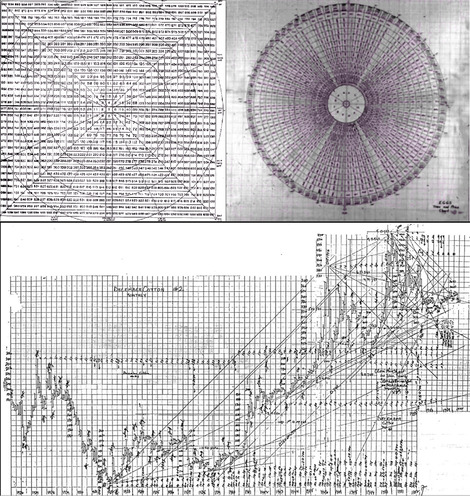
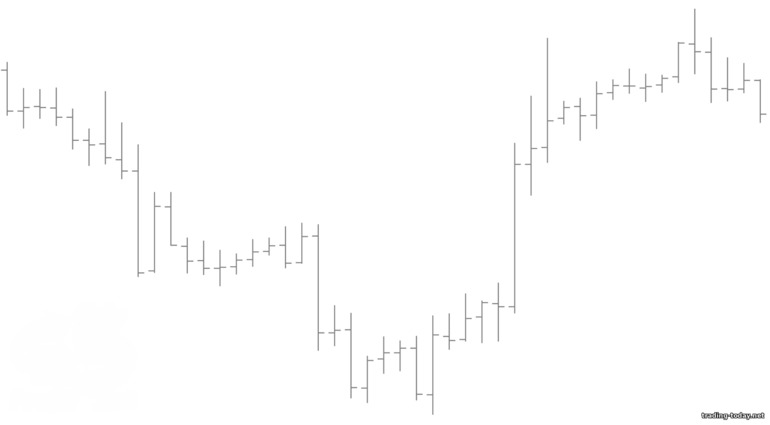
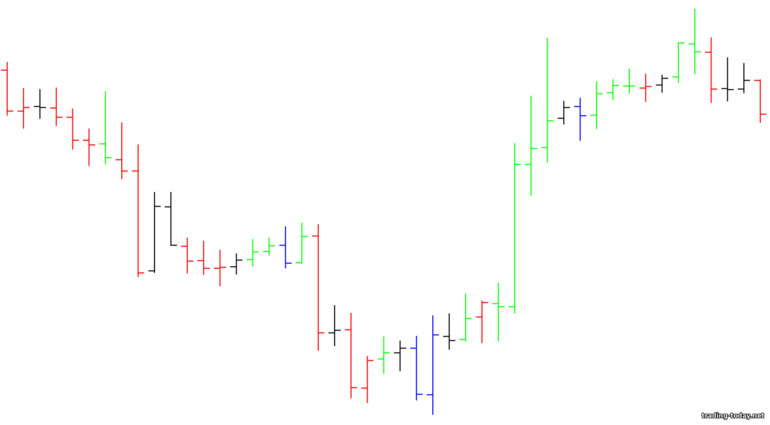
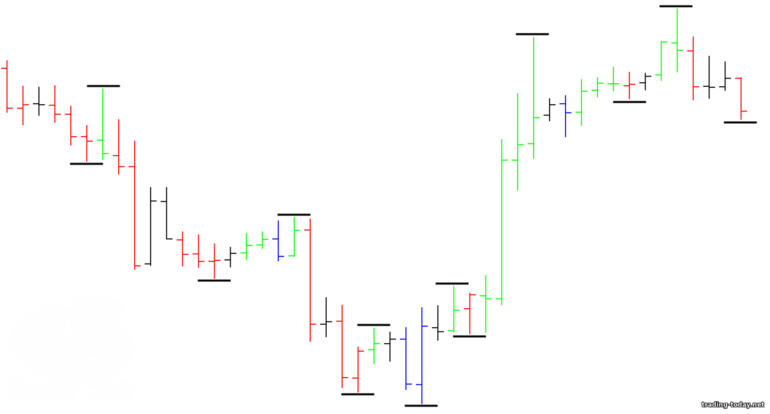
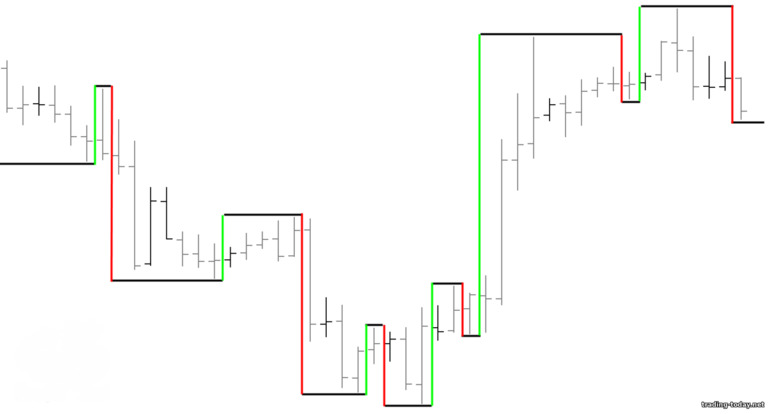
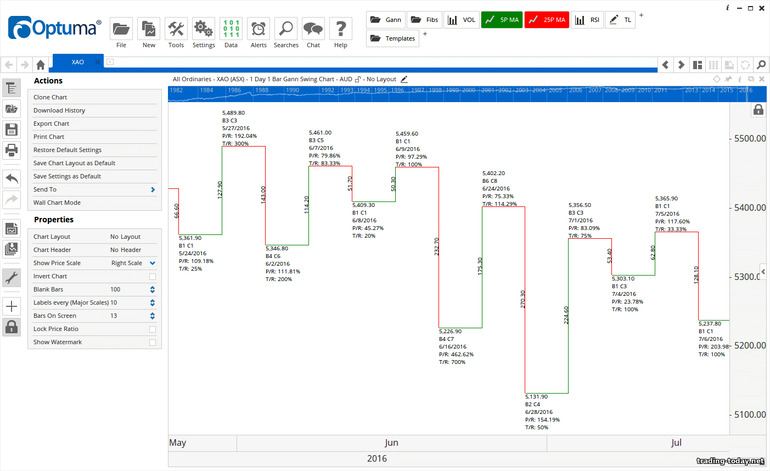
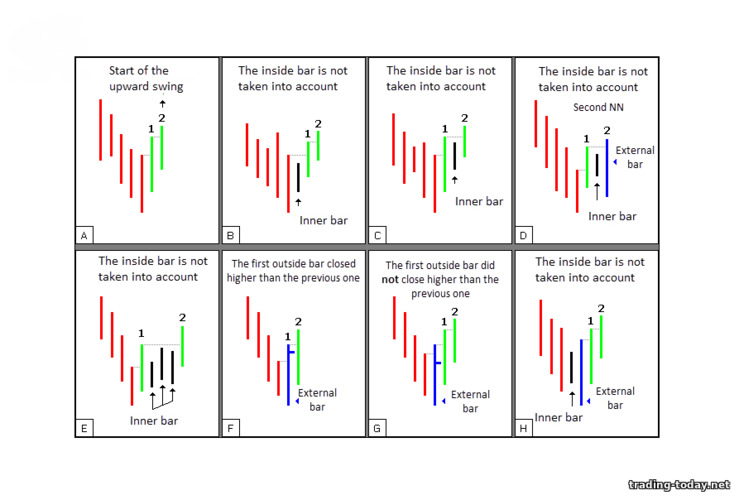
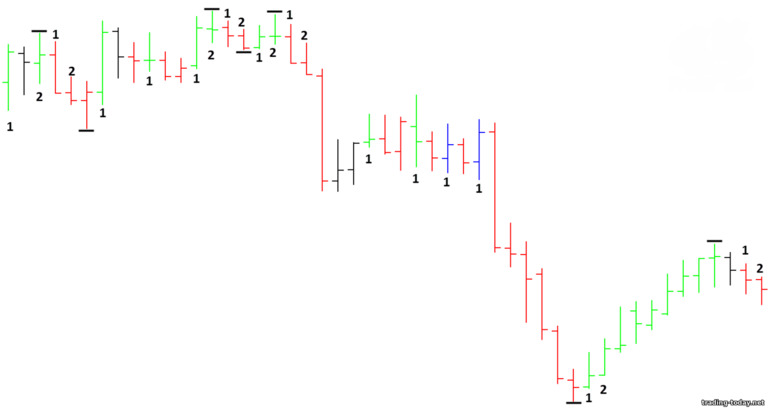
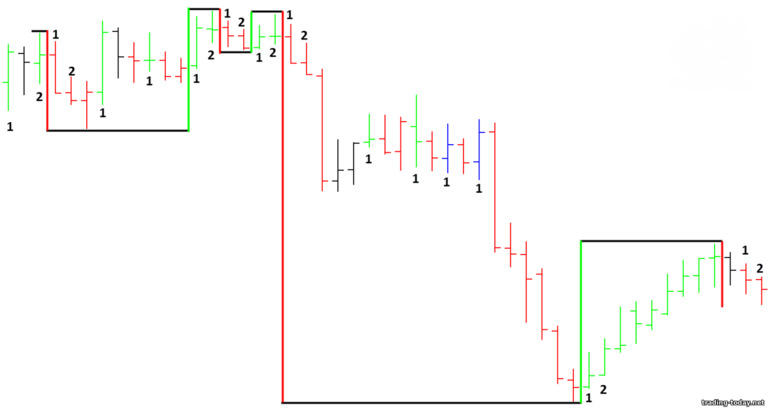
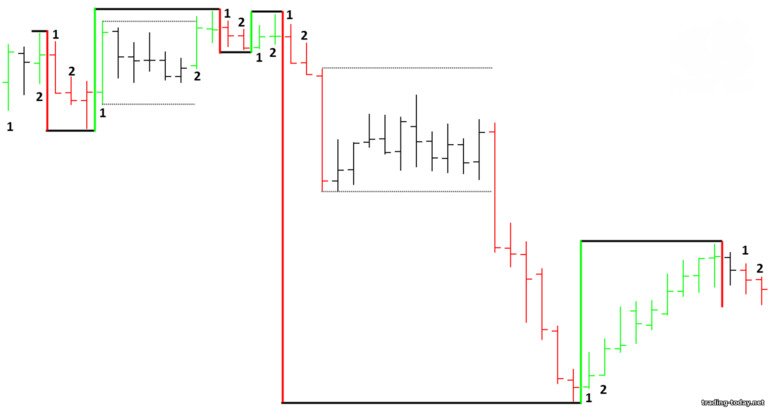
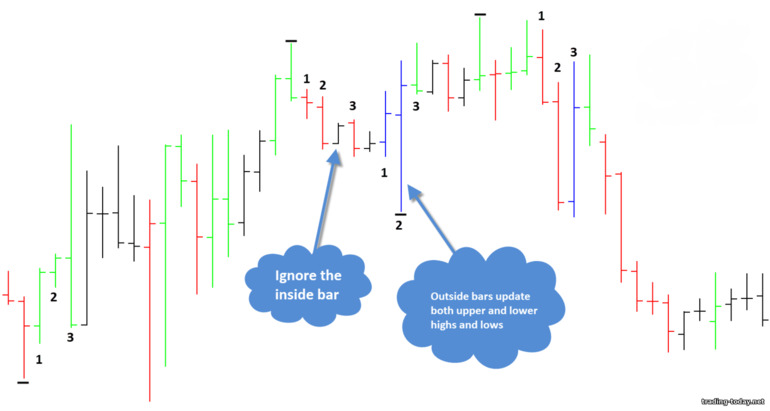
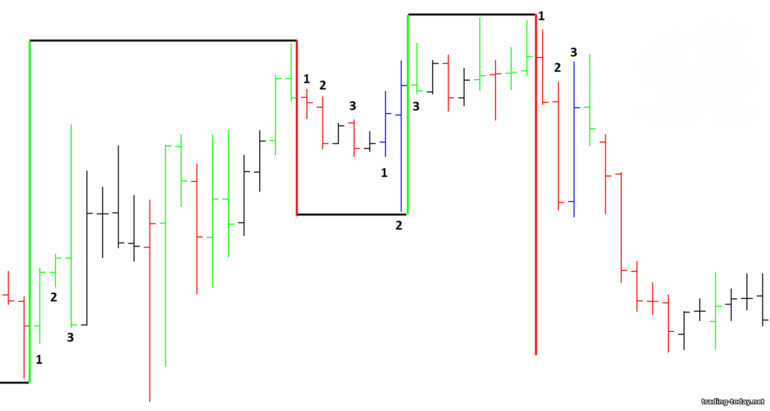
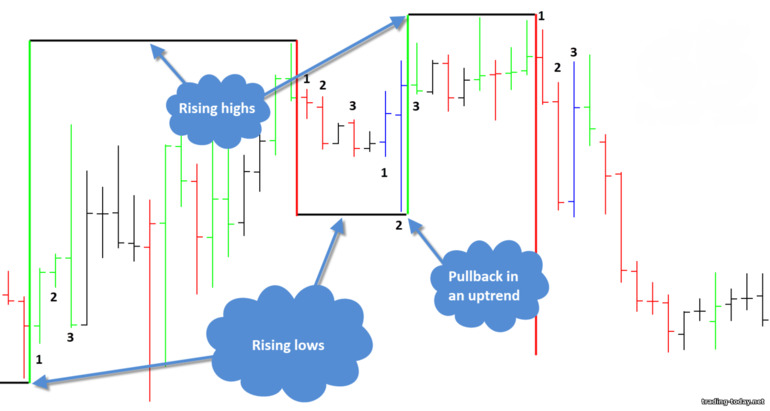
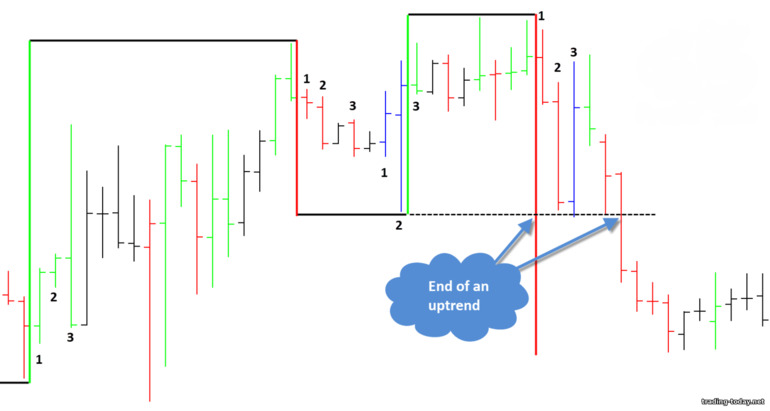
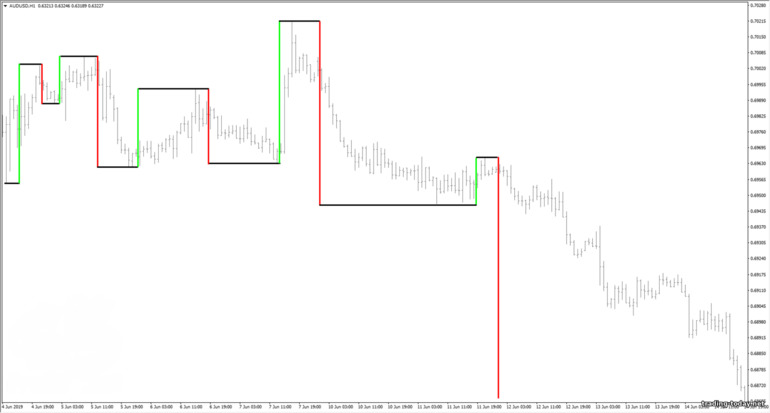
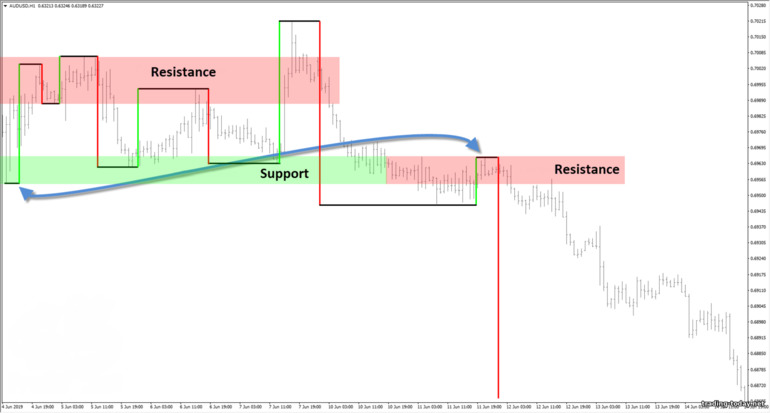
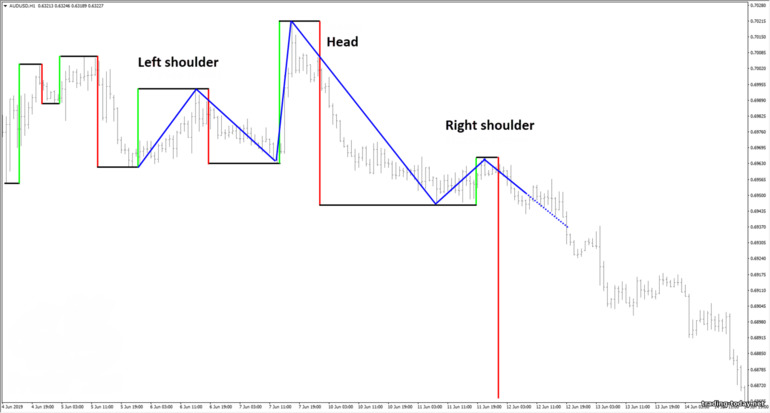
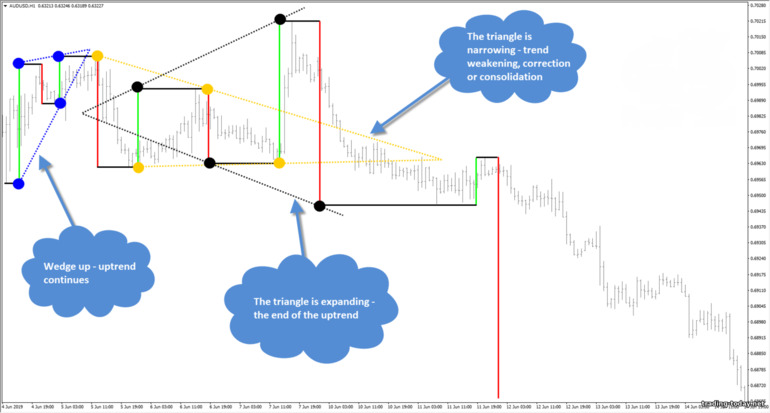





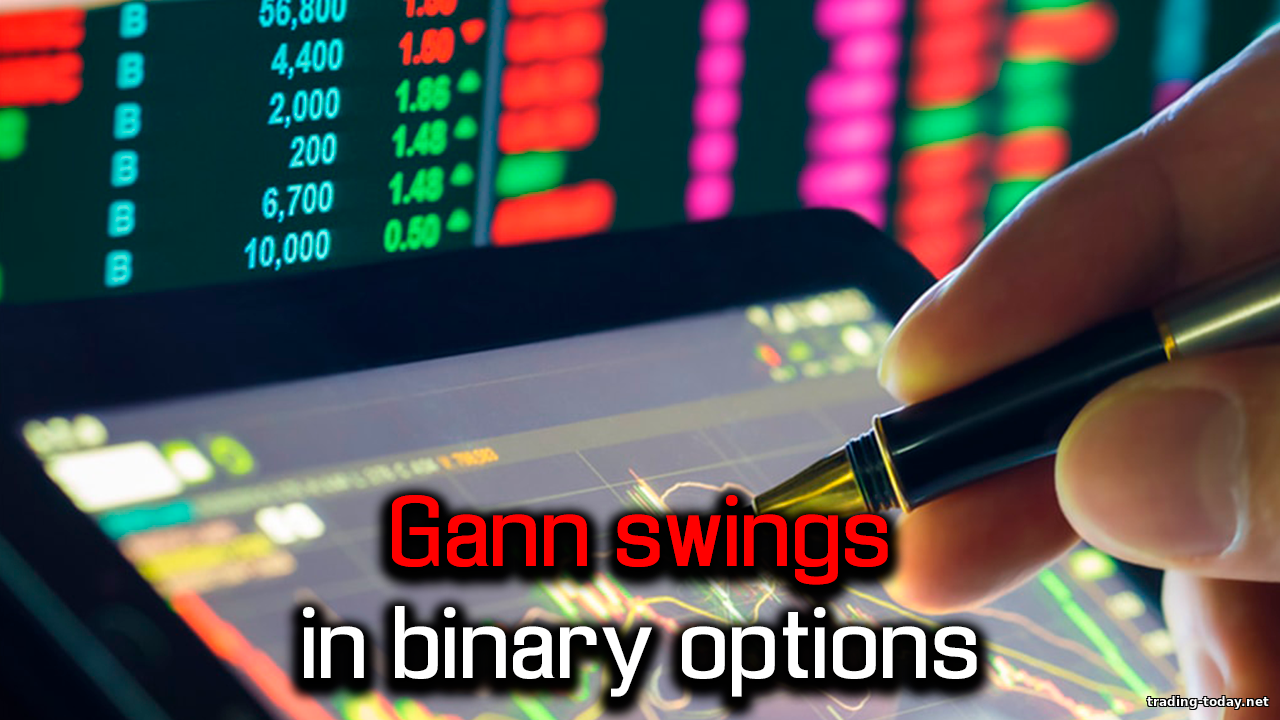

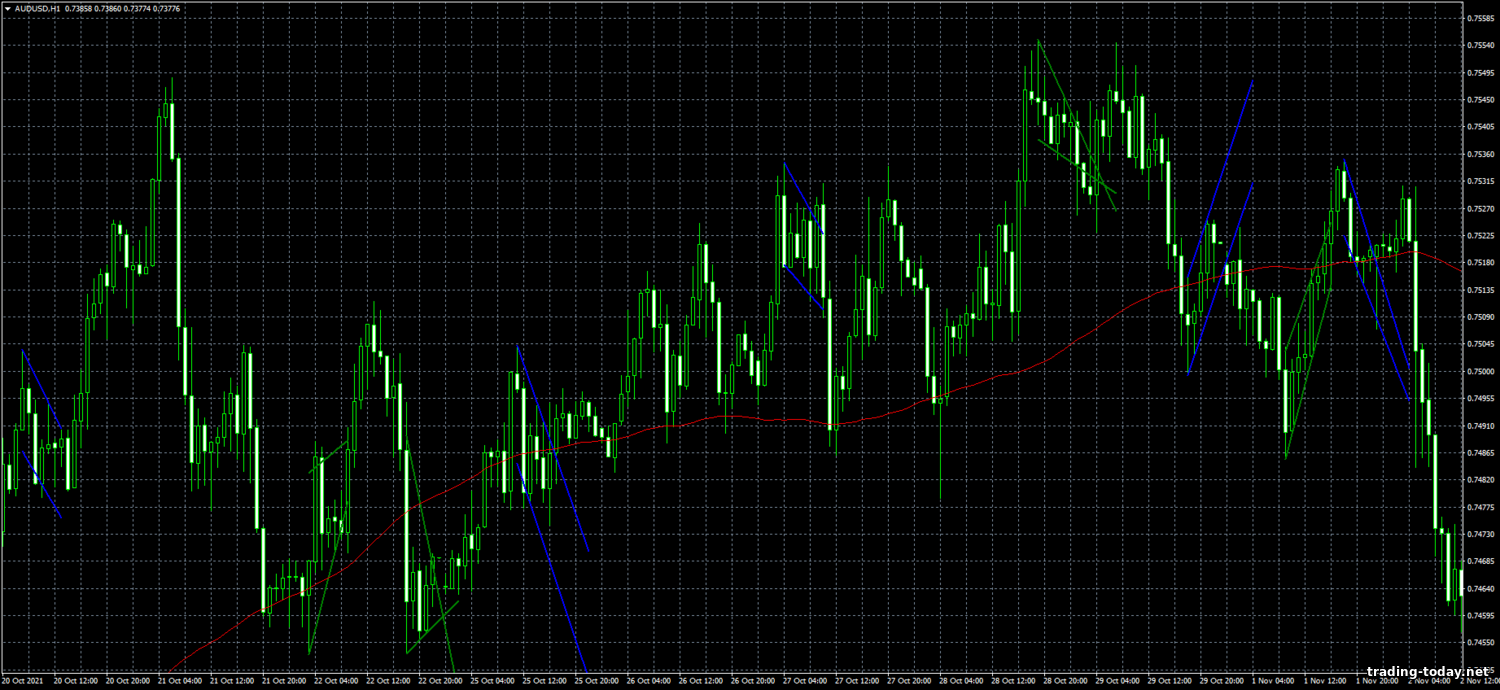
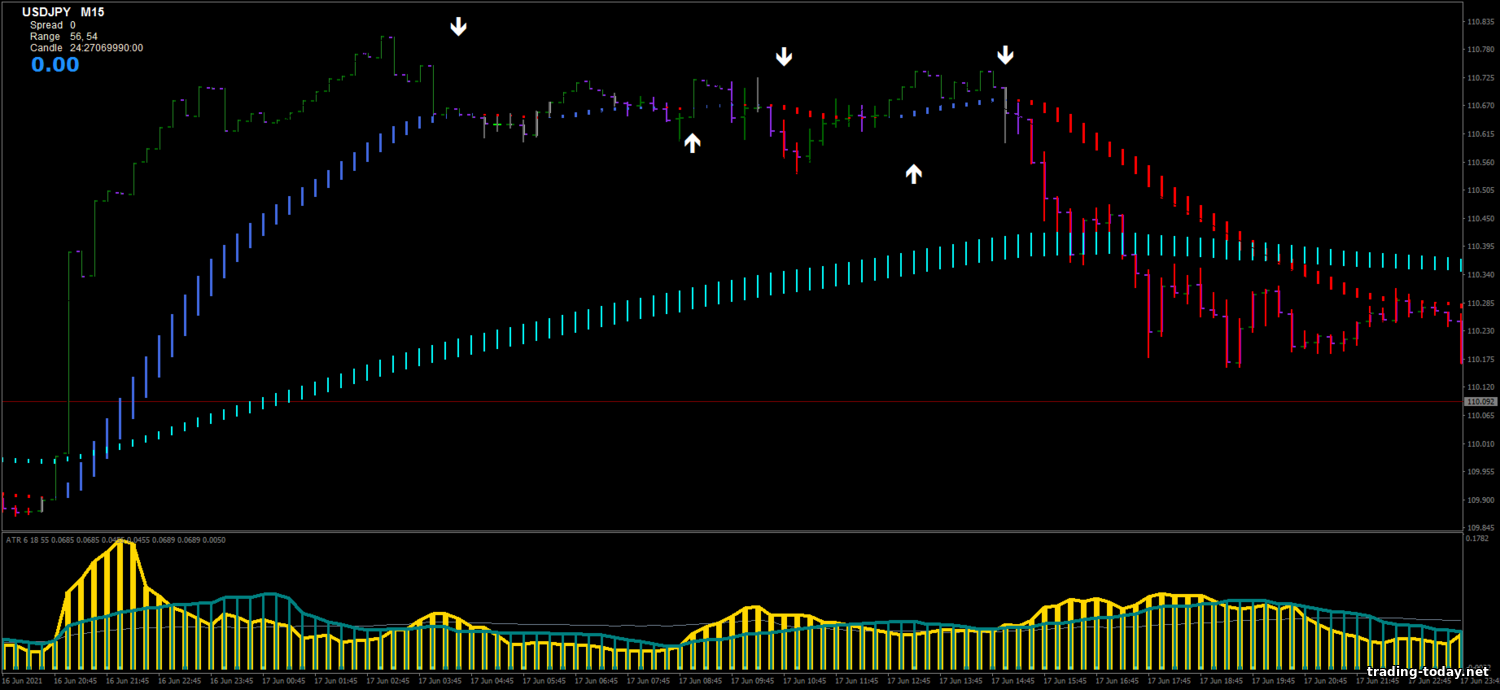
Reviews and comments